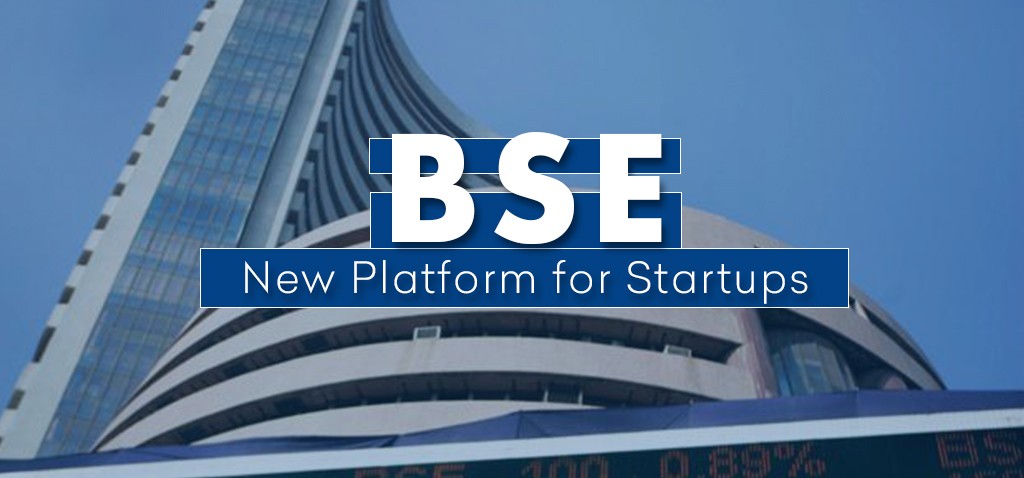MUMBAI: In a day marked by the confluence of cultural observances and financial recalibrations, India's benchmark indices closed higher, with the Nifty 50 advancing 3% to breach the 25,000 threshold for the first time since mid-October. This "today's" market narrative, as traders colloquially dub these snapshot assessments, reflects a broader thaw in investor confidence, propelled by holiday-induced spending and anticipation of corporate disclosures.
Active trading volumes surged 22% over the weekly average, concentrated in consumer discretionary and financial services sectors. Banks led the charge, gaining 4.2% on renewed loan growth projections tied to seasonal disbursements. "The calendar's rhythm is dictating market tempo," observed a strategist from a Mumbai brokerage. "What unfolds today often foreshadows end-of-quarter dynamics, particularly in a year of policy flux."
Policy angles sharpen the focus. The finance ministry's weekend announcement of targeted fiscal stimuli for small businesses has quelled fears of tightening, allowing yields on government securities to dip 15 basis points. This environment favors debt-laden corporates, whose refinancing costs could ease by 0.5%, per bond market estimates. Yet, global headwinds—escalating trade frictions—loom, potentially capping gains unless domestic buffers strengthen.
Consumer trends dominate the discourse. Real-time data from point-of-sale terminals indicate a 9% spike in non-essential purchases, from apparel to electronics, as households front-load expenses ahead of extended breaks. This behavior, tracked via anonymized transaction aggregates, signals a shift toward experiential spending, with travel bookings up 14%—a boon for hospitality chains reporting occupancy rates above 75%.
Innovation in fintech is accelerating this trend. Algorithm-driven personalization engines are curating "today's deals" with precision, boosting conversion rates by 30% for merchants. Startups in this space, backed by venture capital inflows exceeding $500 million YTD, are redefining impulse buying through AI-curated feeds, though regulators eye data privacy safeguards to prevent overreach.
Economic analysis underscores resilience. Industrial production indices, released intra-day, showed a modest 2.1% month-on-month rise, buoyed by manufacturing PMI expansions. Analysts attribute this to supply chain decongestions post-monsoon, forecasting a 6.5% annualized clip through fiscal 2026. However, wage stagnation in informal sectors tempers enthusiasm, with calls for skill-upgradation programs to bridge productivity gaps.
Market impacts cascade globally. Indian exporters, leveraging rupee stability, report firmer orders from Southeast Asian partners, adding 1.2% to trade balances. Currency traders, meanwhile, eye overnight developments in major economies, where policy pivots could influence capital flows—estimated at $20 billion annually into emerging markets like India.
As the trading bell rings on this pivotal "today," the takeaway is clear: micro-movements aggregate into macro narratives. Investors tuning into these daily pulses stand to navigate uncertainties with sharper foresight, turning transient optimism into strategic positioning.


